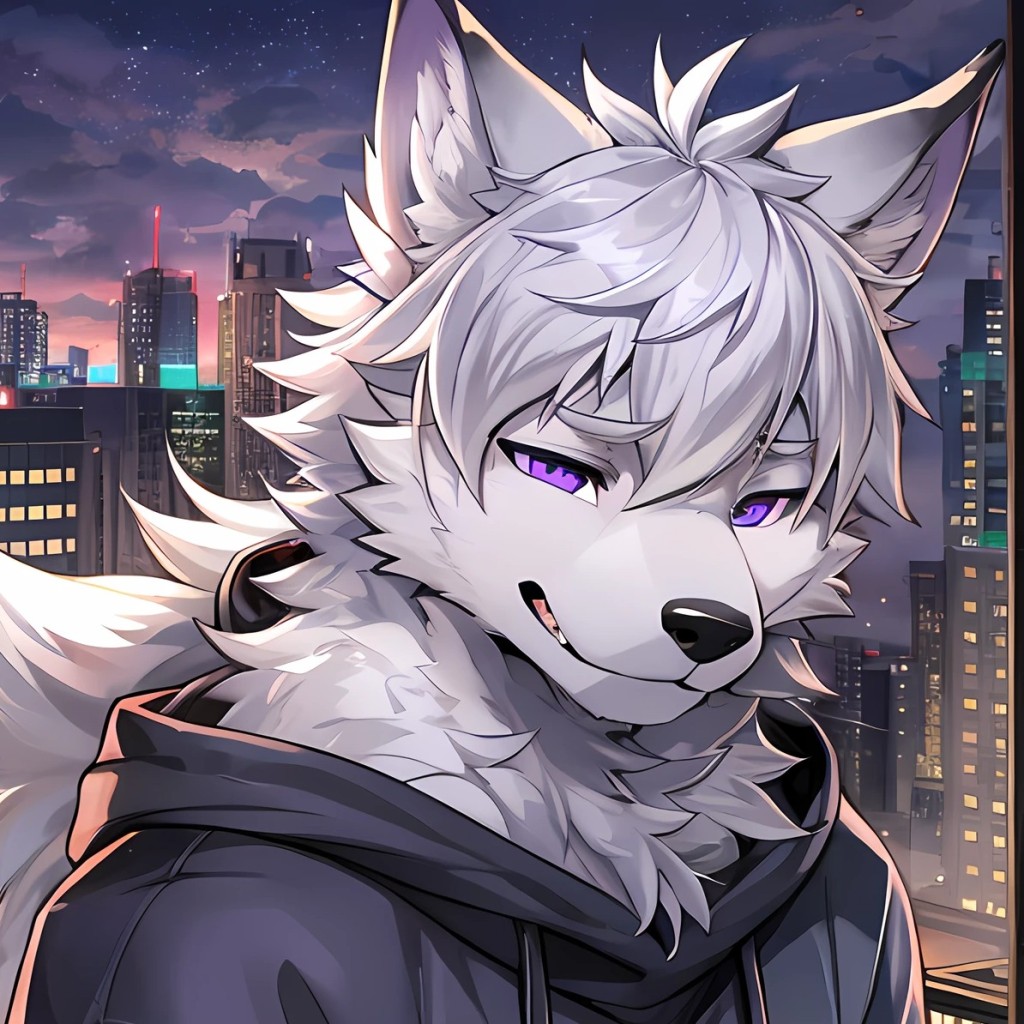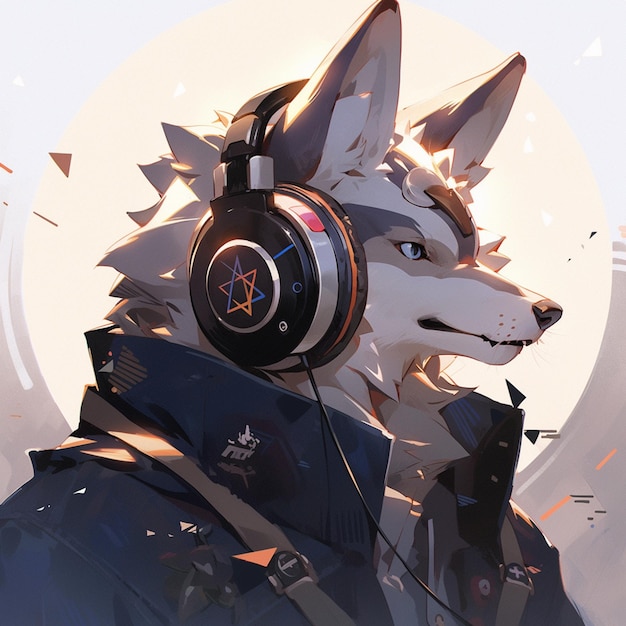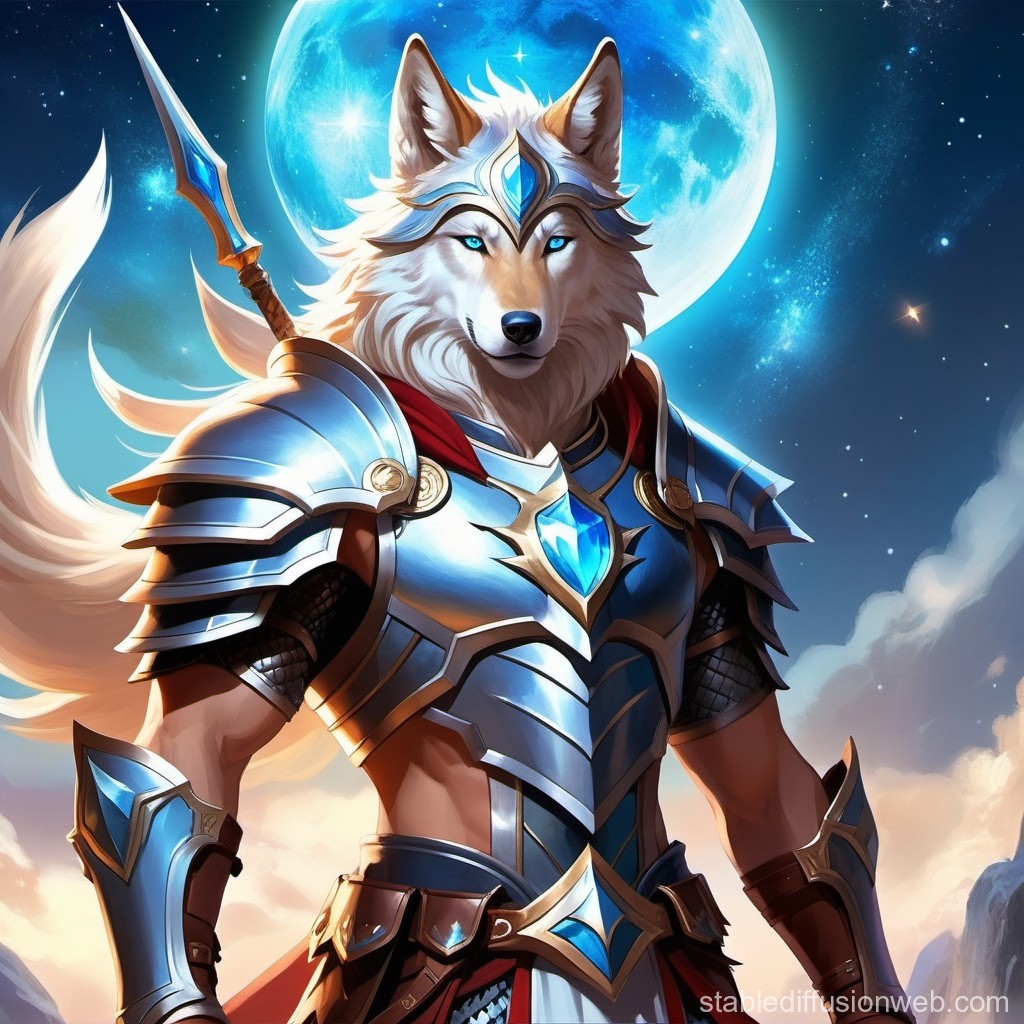In a quiet corner of a sprawling city, nestled within a maze of concrete and glass, stood the Orion Research Lab. It was a place known for its cutting-edge advancements, but few knew of the boy who lived inside its walls—Hokis, a bright twelve-year-old with an insatiable curiosity and a heart full of dreams.
Hokis was not a typical child. He had been brought to the lab at a young age after a team of scientists discovered his extraordinary cognitive abilities. Gifted with an intellect that surpassed that of most adults, Hokis was a prodigy, immersed in a world of experiments and complex algorithms. His days were filled with data analysis, virtual simulations, and discussions about quantum physics. While the researchers marveled at his abilities, they often forgot one essential aspect of childhood: the joy of play.
Hokis watched through the lab's glass walls as other children played in the nearby park, their laughter ringing out like music. He longed to join them, to feel the warmth of the sun on his skin and the grass beneath his feet. But every time he raised the idea of going outside, the scientists would smile gently and remind him of his important work. They believed they were protecting him, shaping him into the genius they envisioned. But Hokis felt trapped, a bird in a gilded cage.
One rainy afternoon, while examining a series of holographic models, Hokis stumbled upon a forgotten project—a prototype for a small drone. The lab had abandoned it months ago, deeming it impractical. But Hokis saw potential. He imagined a world where he could explore beyond the lab’s confines, where he could fly the drone into the skies and discover what lay beyond the horizon.
Eager to bring his vision to life, Hokis spent hours in secret, modifying the drone's code and hardware. He infused it with features that allowed it to navigate autonomously, dodging obstacles and sending back real-time images. His excitement grew with each modification, and for the first time, he felt a sense of freedom.
Finally, the day arrived when the drone was ready for its maiden flight. Hokis chose a secluded spot in the lab's rooftop garden, a small patch of green that served as a rare escape from the sterile environment. Heart racing, he pressed the launch button. The drone whirred to life, lifting off and soaring into the gray sky. Hokis watched in awe as it danced between raindrops, sending back breathtaking images of the city, its rooftops glistening and people moving like ants below.
But as the drone climbed higher, something unexpected happened. It began to lose signal, spiraling out of control. Panic surged through Hokis as he struggled to regain control. Just then, a group of scientists appeared on the roof, drawn by the commotion. They gasped as they watched the drone tumble, their faces a mix of disbelief and admiration.
Hokis's heart sank as the drone crashed to the ground, but he felt a strange sense of liberation. The scientists approached him, their expressions shifting from concern to awe as they realized what he had created. Instead of chastising him, they engaged him in discussions about his design, asking questions that ignited a spark in Hokis.
In that moment, Hokis understood that while the lab had been his home, the world outside was not something to be feared. It was a place to explore, to learn, and to connect. From that day forward, the researchers began to include Hokis in their outdoor projects, allowing him to experience the joy of both discovery and childhood.
Hokis had found his voice and, with it, the wings to fly.





